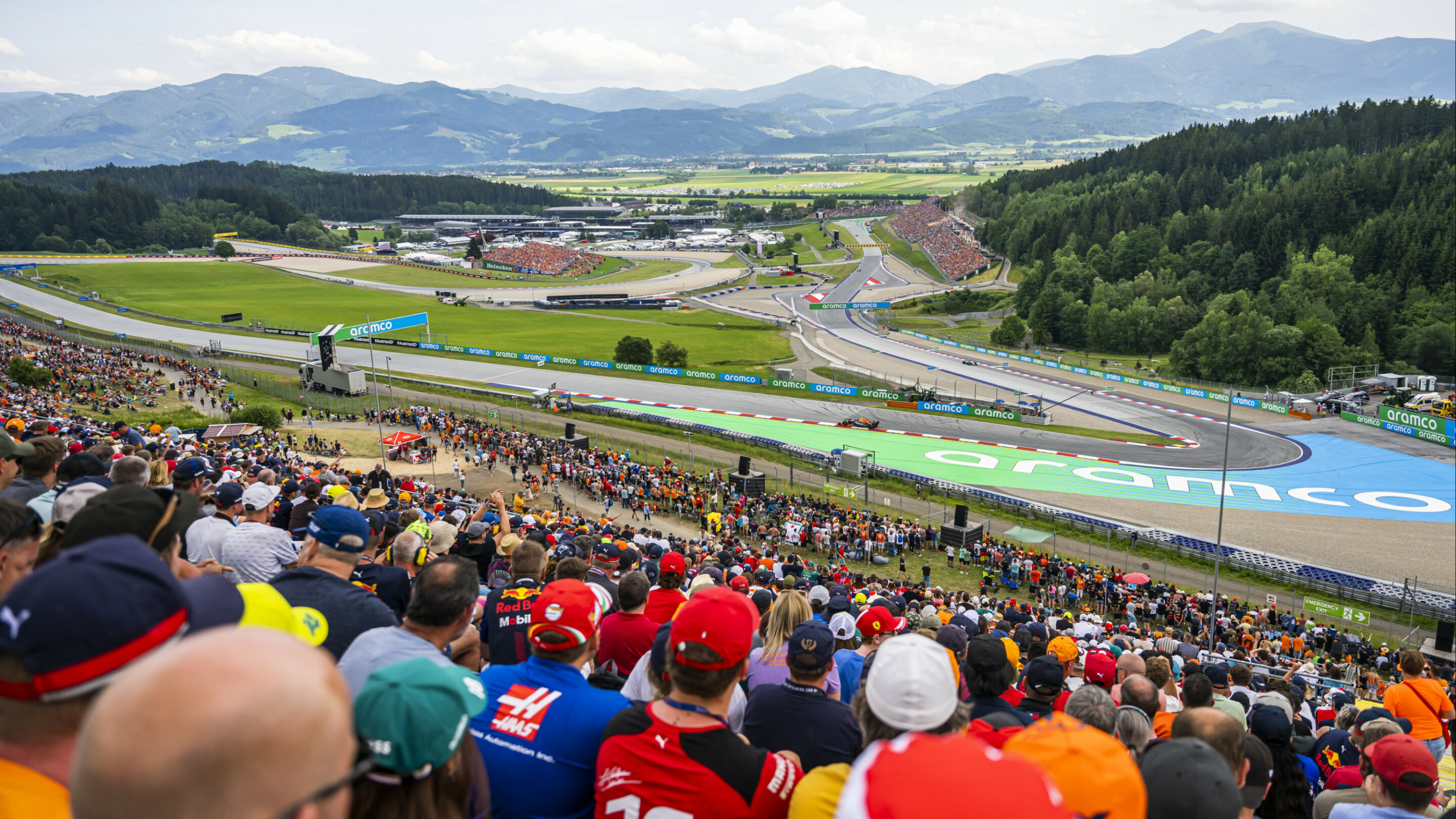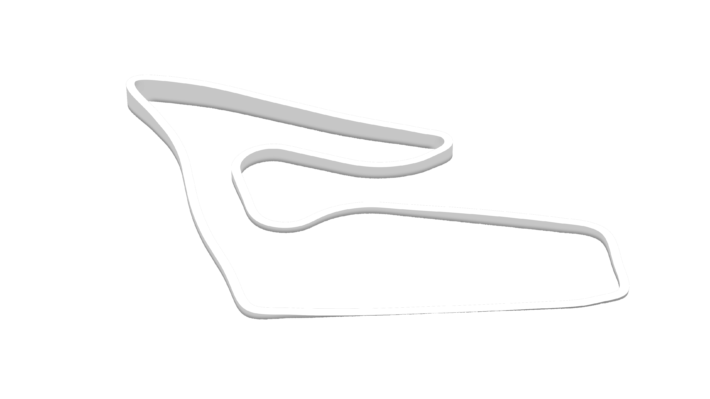Facts & numbers
Styria is home to one of the most modern race tracks in the world. The Red Bull Ring is characterized by a combination of fast straights and demanding corners.
Embedded in the natural scenery, the course has significant differences in altitude, which leads to spectacular inclines (max. gradient 12%) and declines (max. gradient 9.3%). At the same time, the typography offers spectators an optimal view of large parts of the track – and thus of the racing action.
The F1 track in detail:
- Number of laps: 71
- Track length: 4,326 km*
- Total distance: 306.58 km
- Lap record: 1:05,619 Carlos Sainz (2020)
- First Grand Prix: 1970
The Red Bull Ring is not only known for its impressive route, but also for the breathtaking backdrop of the Austrian Alps. This combination makes the race track so popular with drivers, teams and fans.
*The track length has changed due to the FIA’s new measurement method. The center line is used for the measurement, rather than the ideal racing line. Status: Summer 2024


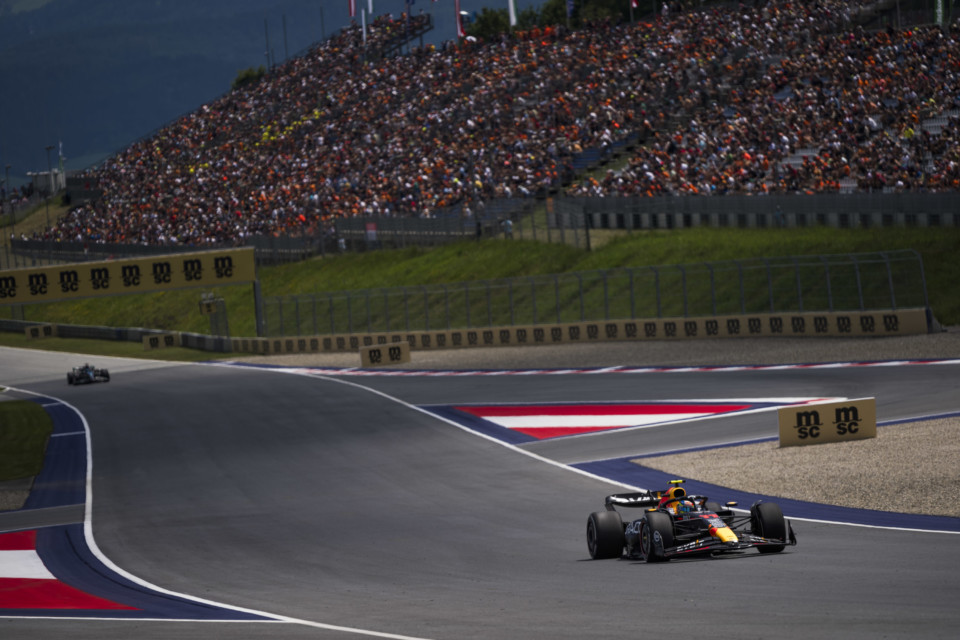

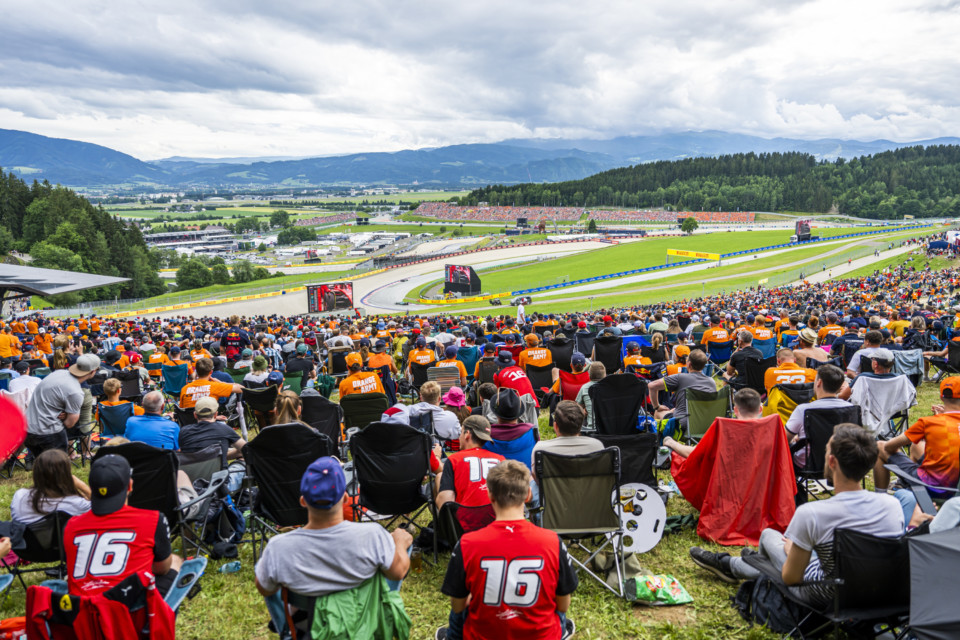

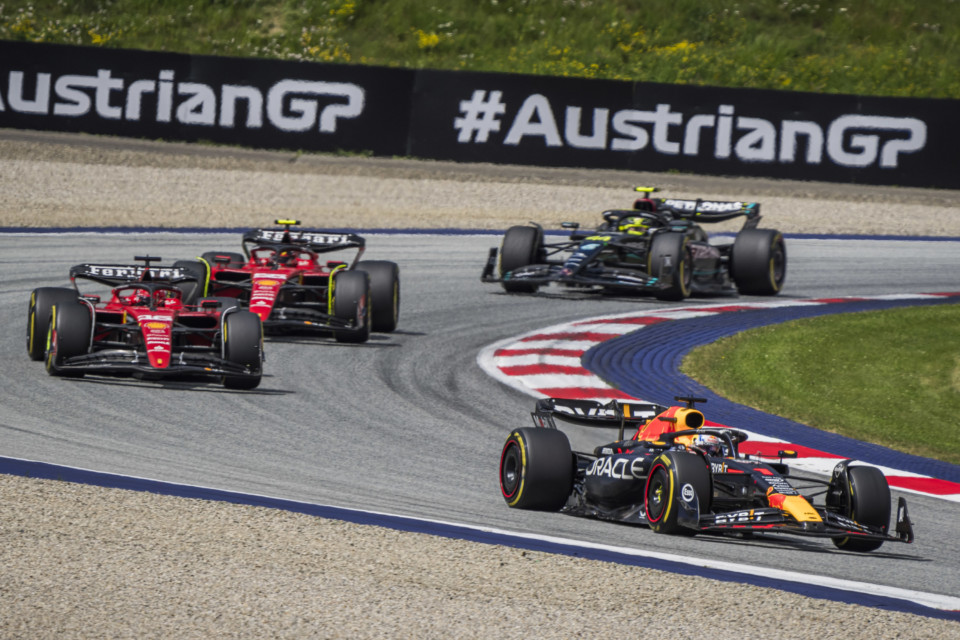

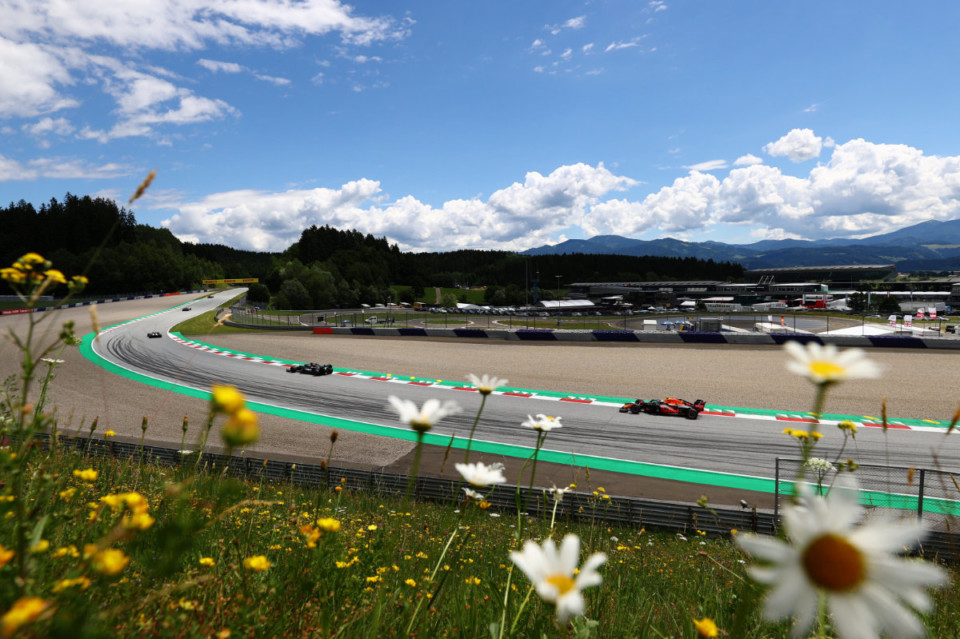


Red Bull Ring Straße 1
A-8724 Spielberg
